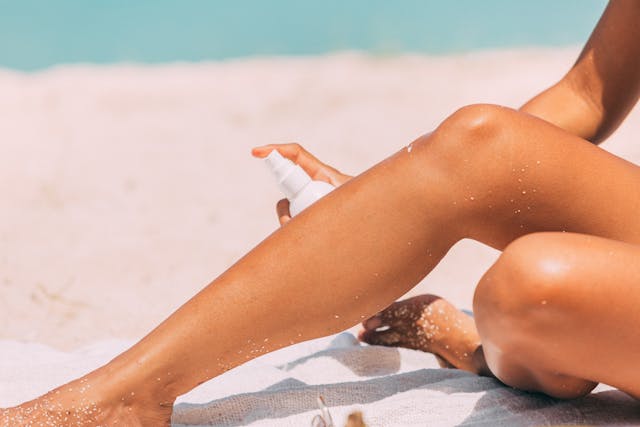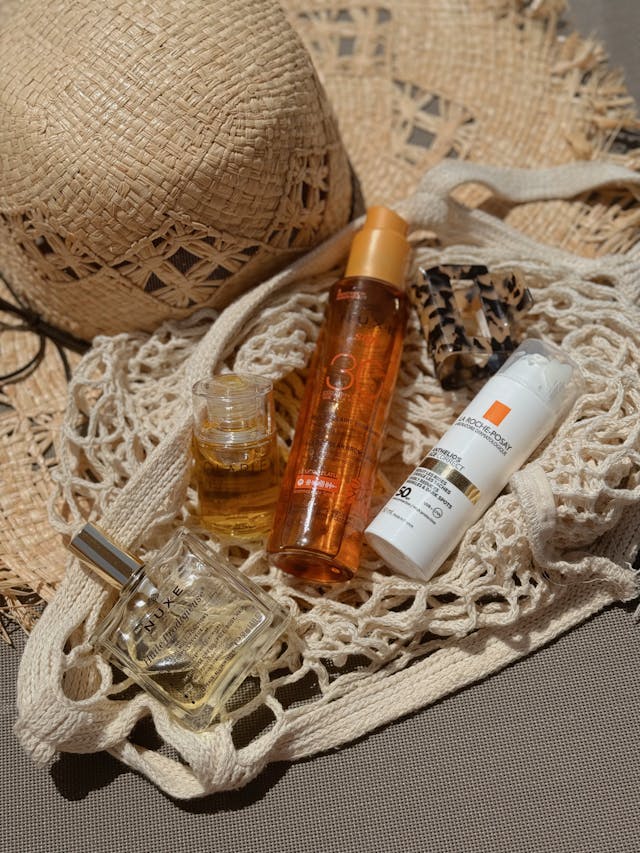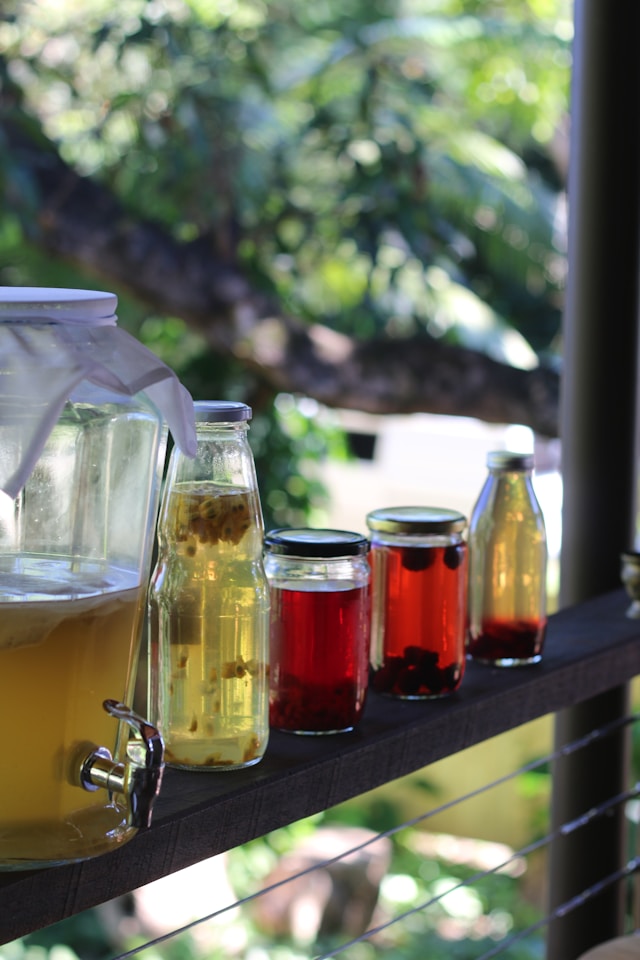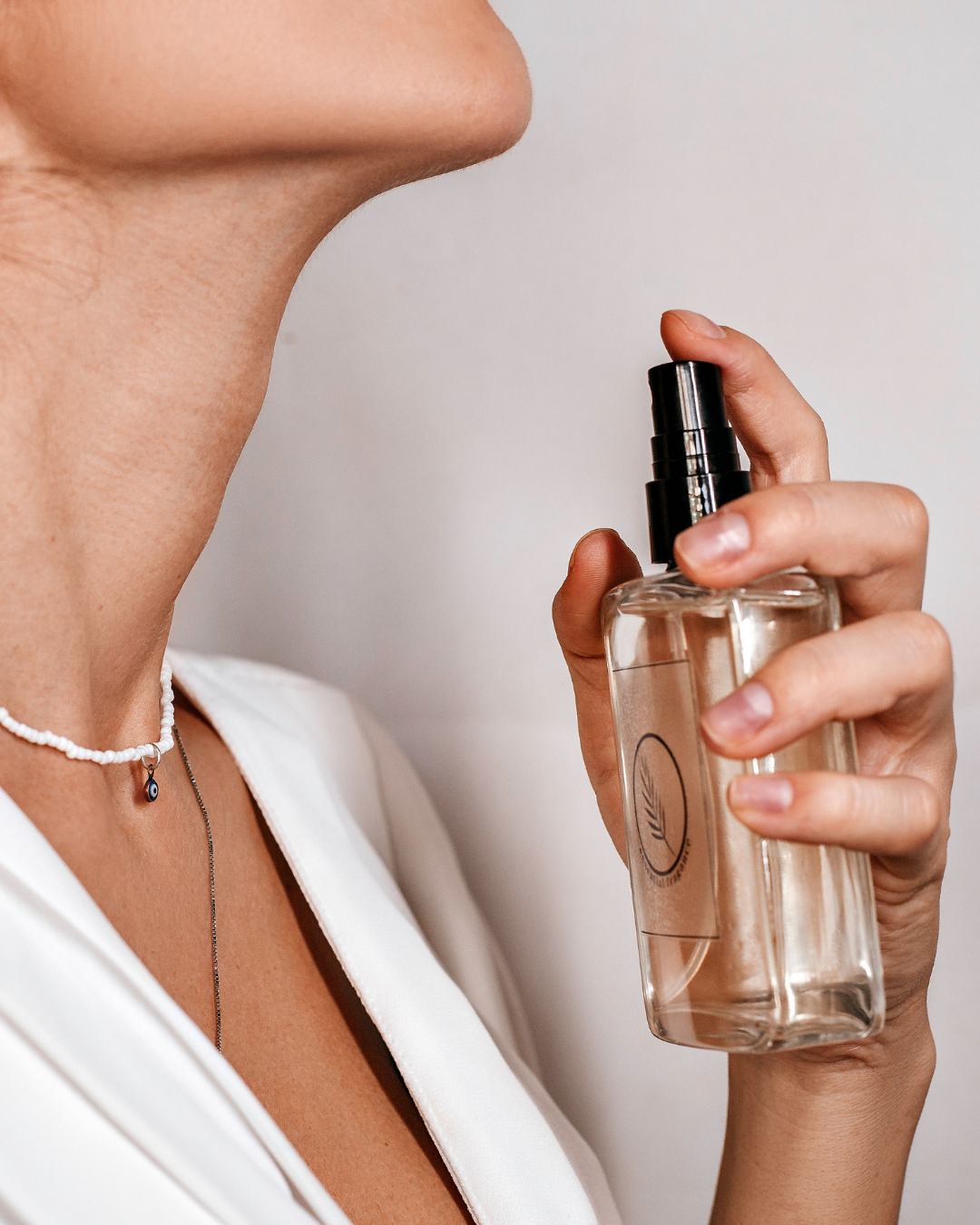The Power and Risk of Sunshine
There’s something sacred about sunshine. It warms the skin, lights up the day, and nourishes the body with essential Vitamin D. Growing up in Florida, the sun has always been a part of my story—beach days, island hopping, and spontaneous boat trips where you feel its presence even behind the clouds. But over the years, I’ve come to understand sun care through a completely different lens.
Summer brings light, warmth, and joy—but also the highest UV index of the year. If you’ve ever missed a spot with sunscreen while out on the water, you’ve likely discovered the consequences by sunset. UVA rays age the skin, causing wrinkles and long-term damage, while UVB rays lead to the immediate sting of a sunburn. Both can be harmful, and both deserve our attention.
Not All Sunscreens Are Created Equal
For years, I trusted what was marketed to me. High-SPF products with bright yellow and sleek packaging and the approval of luxury brands. But after facing personal health challenges, extreme itching during swimming with chemical sunscreen while pregnant, and breaking into hives, diving deep into research, and learning what I hadn’t known before, I started asking tougher questions about what I was putting on my skin, especially daily.

Chemical sunscreens absorb UV rays like a sponge. The most common ingredients—Oxybenzone, Octinoxate, Avobenzone, and others—don’t just stay on the skin. They are absorbed into the bloodstream, and their long-term safety is still under investigation. There have been many studies that directly link sunscreen with benzophenone (BP)- a UV filter- to changes in the development of the fetus and the uterus. This type of ingredient and oxybenzone are endocrine-disrupting, harmful to the neuroendocrine system, and mimic estrogen and should be avoided. While the FDA has not classified these ingredients as unsafe, studies have shown concerns around hormone disruption, skin irritation, endocrine interference, and clear links to conditions like endometriosis.
Understanding Mineral Sunscreen
Mineral sunscreens, also referred to as physical sunscreens, offer an alternative. Made with Zinc Oxide and Titanium Dioxide, they sit on the skin’s surface and act as a physical barrier, reflecting and blocking UV rays. According to the Environmental Working Group (EWG), only these two ingredients are considered both safe and effective under the FDA’s proposed guidelines. This difference matters, especially for women, our children, and anyone with health and skin sensitivities.
I learned all of this while on my fertility journey 10 years ago. At the time, I was dealing with borderline thyroid issues and recovering from a miscarriage. I had walked into Sephora in search of clean makeup and struck up a conversation with a brand rep who casually mentioned she had major sun spots and horrible allergic reactions from using a makeup with combined sunscreen, thinking she had sufficient SPF (sun protection factor). It sounds dramatic, but that was the moment the switch flipped for me.
From Luxury Labels to Non-Toxic Living
I left behind the Parisian and “ clean” brands I once loved and moved toward true non-toxic living. That choice led me to BeautyCounter, and eventually to Thinkbaby—a mineral sunscreen that checked all the boxes for safety, comfort, and effectiveness. It even smelled like summer, with hints of papaya and pineapple. Today, I use their clear zinc version on my family and keep the tinted formula on hand as a simple daily base for my face and when I’m out with the kids.

What I’ve learned is this: higher SPF doesn’t necessarily mean better protection—it often just means more chemicals. There is no such thing as waterproof or sweatproof; you must reapply. Many of the sunscreen ingredients still allowed in the U.S. have been banned in Europe and even in states like Hawaii due to their environmental impact and human health risks. Despite years of research and concerning results from animal studies, the FDA has not fully reclassified these chemicals as unsafe. That leaves the responsibility on us—as individuals and as parents—to read the labels, ask the questions, and make informed decisions.
Protecting More Than Skin
Sun care should never be something that compromises our health. It should support it. The skin is the body’s largest organ. It deserves to be protected with ingredients we trust.
If you’ve never taken the time to truly understand the difference between mineral and chemical sunscreen, I encourage you to do the research. Question the ingredients. Look beyond the marketing, read the label, and research the company. Because once you know better, you’ll never un-know it.
Wear the hat. Eat the sun-protective foods. Walk in the early morning sun. Enjoy the sunset. Reapply every two hours during midday and after swimming. Choose a sunscreen that doesn’t just block the sun, but honors your health and your hormones, too.
Your glow deserves to be protected—intentionally.
Sources:
https://pmc.ncbi.nlm.nih.gov/articles/PMC11022667/
https://www.ewg.org/sunscreen/report/the-trouble-with-sunscreen-chemicals/
Co Author: Alyssa Young



+ show Comments
- Hide Comments
add a comment